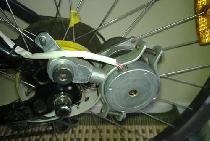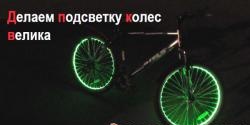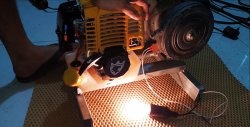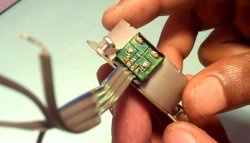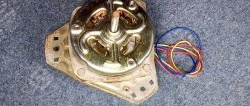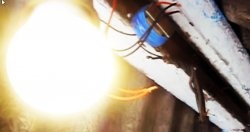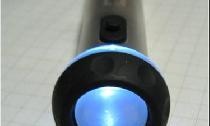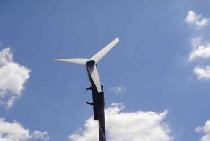Bicycle generator
I just recently bought a bicycle for commuting to work, and in general, to ride and enjoy cycling. For safety, I turn on my front and rear lights to help road users see me better. My LED flashlights run on two AA batteries. And the charge only lasts for 4 hours of driving. Actually, this prompted me to think about purchasing a bicycle generator that could power all the lights.
I didn't find anything in stores. All flashlights are battery powered. Then I decided to make a generator for the bicycle myself, from whatever came to hand, so to speak...
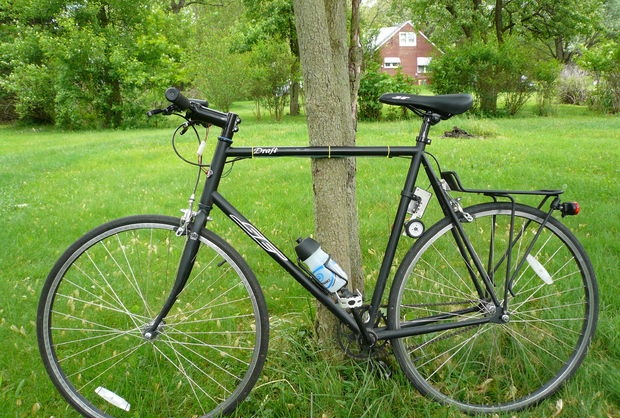
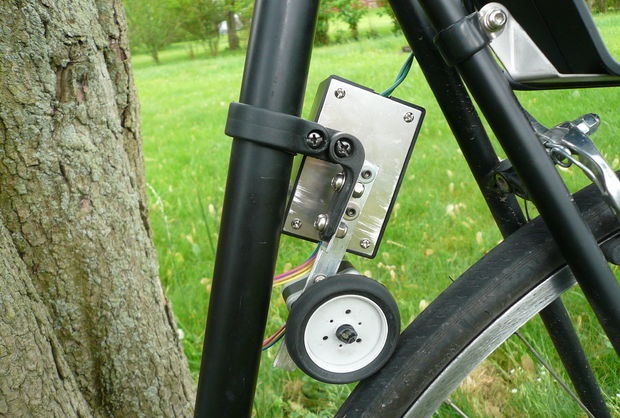
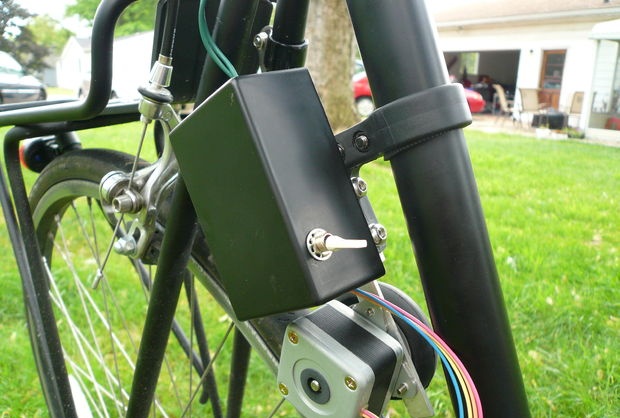
And then I remembered that I once made a generator from a stepper motor. I decided to repeat the idea. But where can I get a stepper motor? They are found in almost all office equipment. I went into the closet and found an old printer. Naturally, it contained a pair of stepper motors. I took some, I don't need any more.
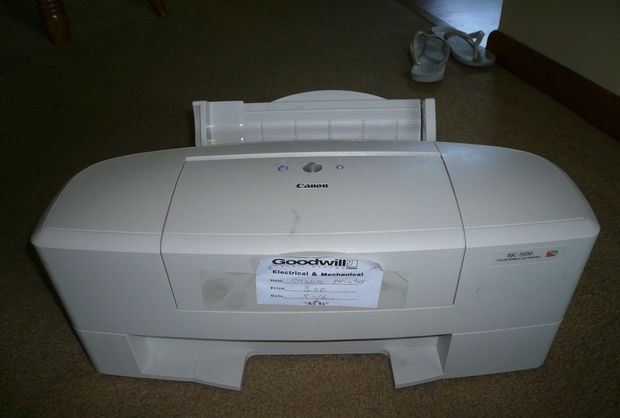
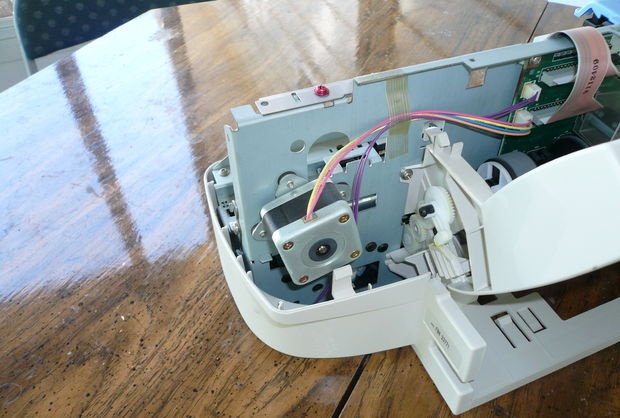
You will need a few things if you want to build a generator for your bike. Here's what they are:
We need to assemble a voltage regulator so that it not only rectifies the current from the stepper motor, but also regulates the output voltage, thereby protecting LEDs from power surges when driving. The regulator circuit is simple. Diode rectifier bridge and voltage regulator on the LM317 chip.
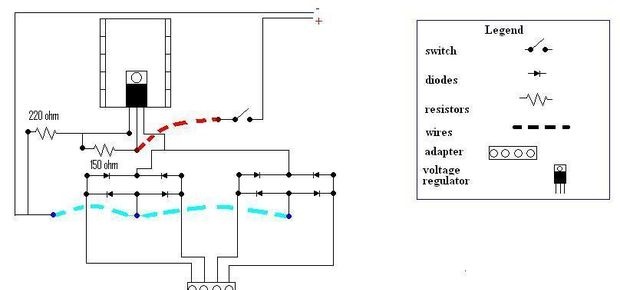
I assembled everything on a breadboard with holes. I simply inserted the parts, bent the contacts in the direction of soldering and soldered everything together. I soldered the wires and now my regulator-rectifier is ready.
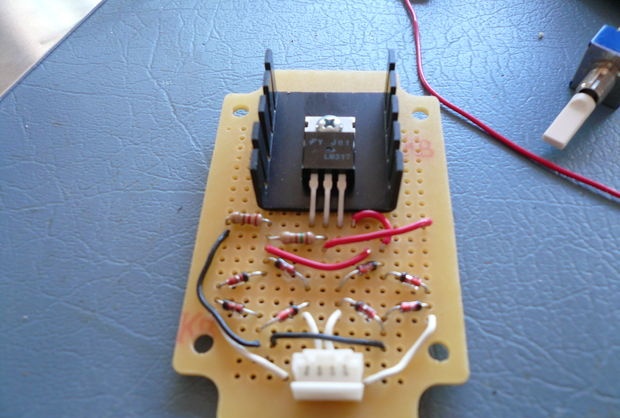
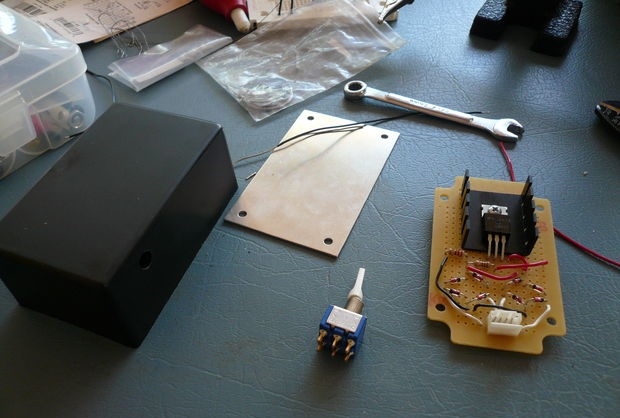
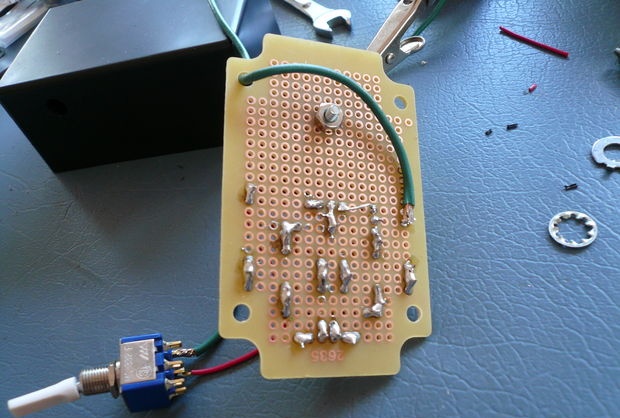
The toggle switch can be used to turn off the generator.
We assemble the mount of the stepper motor to the wheel. The principle is simple: the wheel is rotated by a stepper motor, the motor generates electricity.
I thought for a long time about how to implement the fastening in a simpler and more reliable way. Here's what I came up with:
I took the mount from the wing (boot, mudguard). I screwed an aluminum corner to it, trimming it a little. And I already attached a stepper motor to the corner. That's it - the design has been tested and works fine. Of course, it would be desirable for it to spring the engine to the wheel, but in principle, this is quite normal.
Oh yes. A machine wheel with a rubber tire is placed on the stepper motor. Electrical tape is wound around the motor shaft so that the wheel is pulled tightly onto the shaft. Nothing better came to mind.
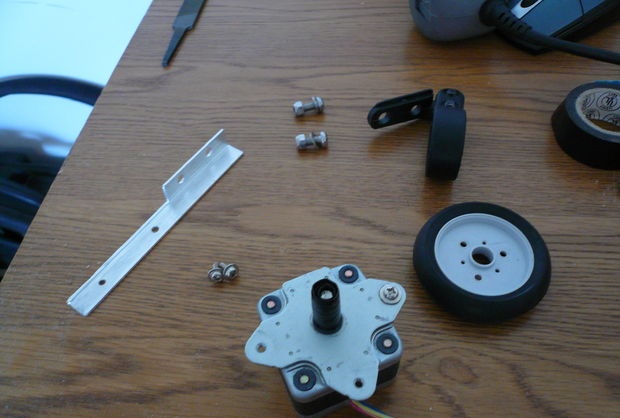
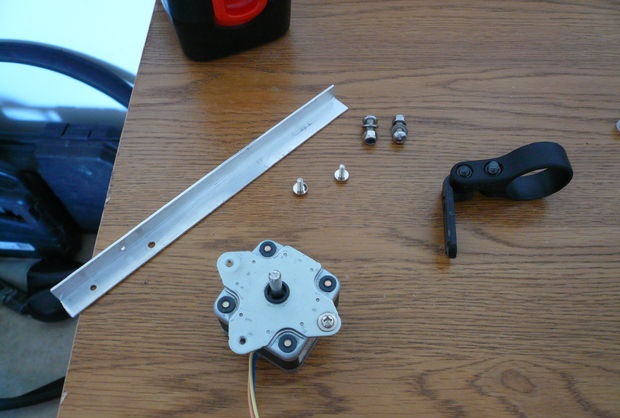
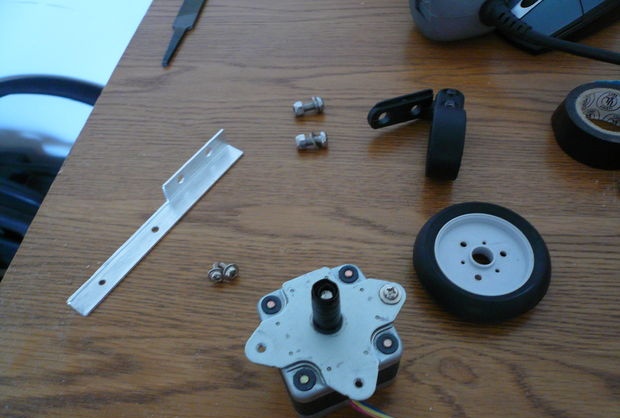
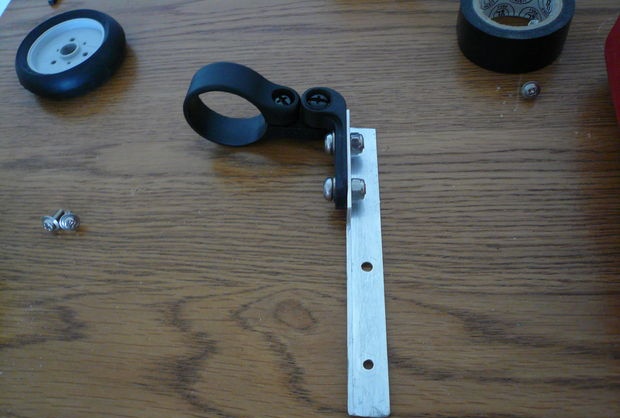
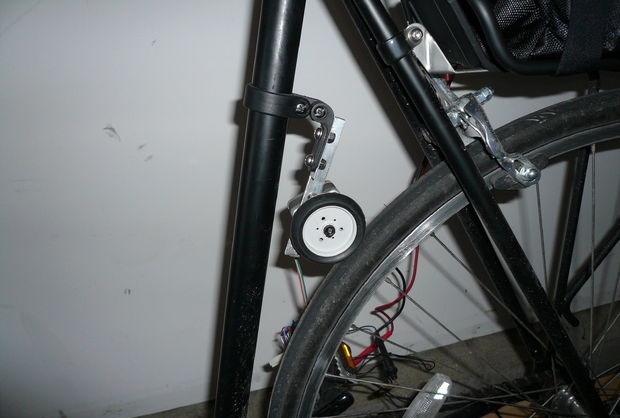
I also thought for a long time about where to place the regulator body, where to attach it, because it must be in the vicinity of the stepper motor, otherwise I will have to pull 4 wires from the stepper motor.
Finally, I came up with an idea and decided to mount the regulator on stands on the same bar where the stepper motor is mounted.
I cut a rectangle out of thin aluminum foliage and screwed it with long bolts through 1 cm long posts. Well, I attached the regulator to the rectangle.
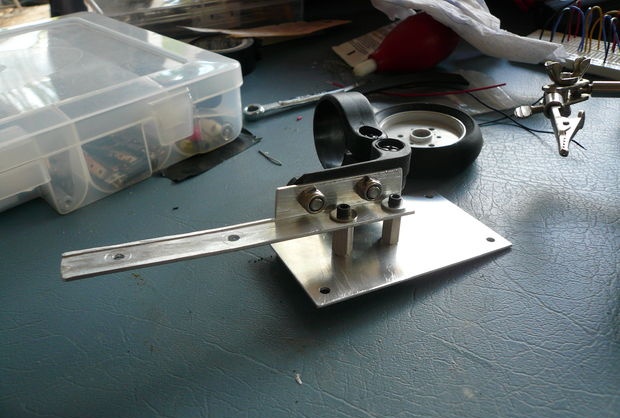
The stepper motor I took was 24 volts. And at normal bike speed it produced more than 30 volts. The output regulator produced 3.1 volts. Which is quite normal. If you are not satisfied with this voltage, adjust it with 150 and 220 Ohm resistors. In general, you can solder a variable resistor and adjust the voltage as you like.
I connected the wires from the regulator to the front light. Connected in parallel with the batteries. As a result, when the bike is stationary, the light shines from batteries. And when the bike rides, the lamp shines from the generator, and the elements are slightly charged. Ideally, of course, you need to use batteries, but AA batteries with a voltage of 1.2 volts, the flashlight will burn dimly. In principle, you can throw out the batteries altogether, and the headlight will only light up when you are moving. In general, whoever wants it.

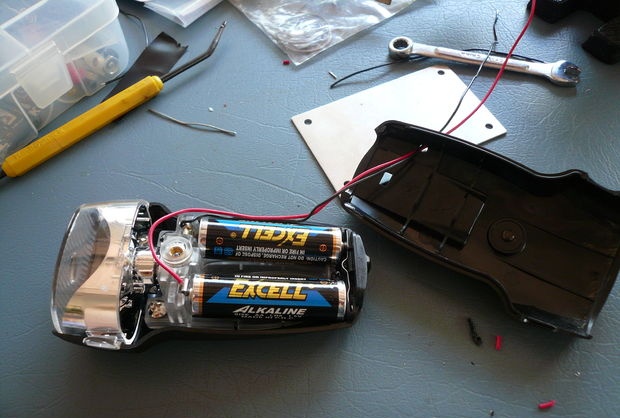
I gave you the idea, only you can develop it further! Good luck, friends!



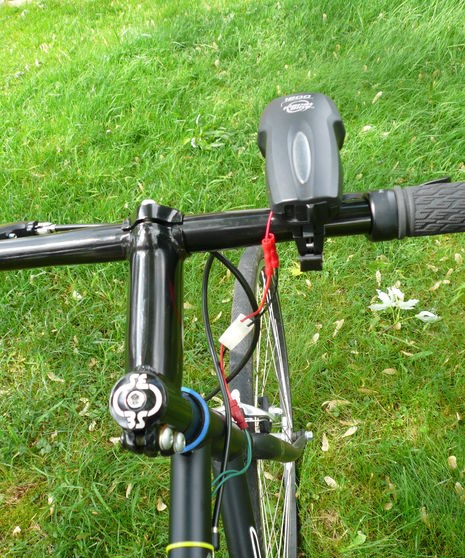
Original article in English
I didn't find anything in stores. All flashlights are battery powered. Then I decided to make a generator for the bicycle myself, from whatever came to hand, so to speak...



And then I remembered that I once made a generator from a stepper motor. I decided to repeat the idea. But where can I get a stepper motor? They are found in almost all office equipment. I went into the closet and found an old printer. Naturally, it contained a pair of stepper motors. I took some, I don't need any more.


What else do you need for a generator?
You will need a few things if you want to build a generator for your bike. Here's what they are:
- - Stepper motor from a printer or other equipment.
- - 8 pieces of diodes, any, for a current of 0.5 - aliexpress
- - Voltage regulator LM317 – aliexpress
- - Radiator for LM317 - aliexpress
- - Bread board - aliexpress
- - Switch – aliexpress
- - Housing for regulator - aliexpress
- - Wires.
- - Mount from the wing.
- - A wheel from a car.
Regulator circuit with rectifier
We need to assemble a voltage regulator so that it not only rectifies the current from the stepper motor, but also regulates the output voltage, thereby protecting LEDs from power surges when driving. The regulator circuit is simple. Diode rectifier bridge and voltage regulator on the LM317 chip.

I assembled everything on a breadboard with holes. I simply inserted the parts, bent the contacts in the direction of soldering and soldered everything together. I soldered the wires and now my regulator-rectifier is ready.



The toggle switch can be used to turn off the generator.
Generator assembly
We assemble the mount of the stepper motor to the wheel. The principle is simple: the wheel is rotated by a stepper motor, the motor generates electricity.
I thought for a long time about how to implement the fastening in a simpler and more reliable way. Here's what I came up with:
I took the mount from the wing (boot, mudguard). I screwed an aluminum corner to it, trimming it a little. And I already attached a stepper motor to the corner. That's it - the design has been tested and works fine. Of course, it would be desirable for it to spring the engine to the wheel, but in principle, this is quite normal.
Oh yes. A machine wheel with a rubber tire is placed on the stepper motor. Electrical tape is wound around the motor shaft so that the wheel is pulled tightly onto the shaft. Nothing better came to mind.





Regulator mount
I also thought for a long time about where to place the regulator body, where to attach it, because it must be in the vicinity of the stepper motor, otherwise I will have to pull 4 wires from the stepper motor.
Finally, I came up with an idea and decided to mount the regulator on stands on the same bar where the stepper motor is mounted.
I cut a rectangle out of thin aluminum foliage and screwed it with long bolts through 1 cm long posts. Well, I attached the regulator to the rectangle.

Checking generator operation
The stepper motor I took was 24 volts. And at normal bike speed it produced more than 30 volts. The output regulator produced 3.1 volts. Which is quite normal. If you are not satisfied with this voltage, adjust it with 150 and 220 Ohm resistors. In general, you can solder a variable resistor and adjust the voltage as you like.
I connected the wires from the regulator to the front light. Connected in parallel with the batteries. As a result, when the bike is stationary, the light shines from batteries. And when the bike rides, the lamp shines from the generator, and the elements are slightly charged. Ideally, of course, you need to use batteries, but AA batteries with a voltage of 1.2 volts, the flashlight will burn dimly. In principle, you can throw out the batteries altogether, and the headlight will only light up when you are moving. In general, whoever wants it.


I gave you the idea, only you can develop it further! Good luck, friends!




Original article in English
Similar master classes
Particularly interesting
Comments (3)

